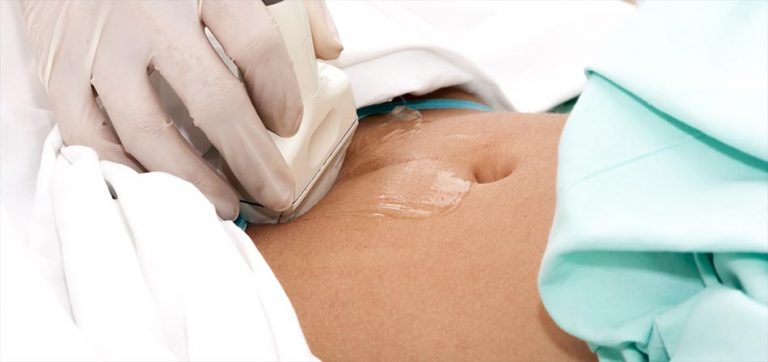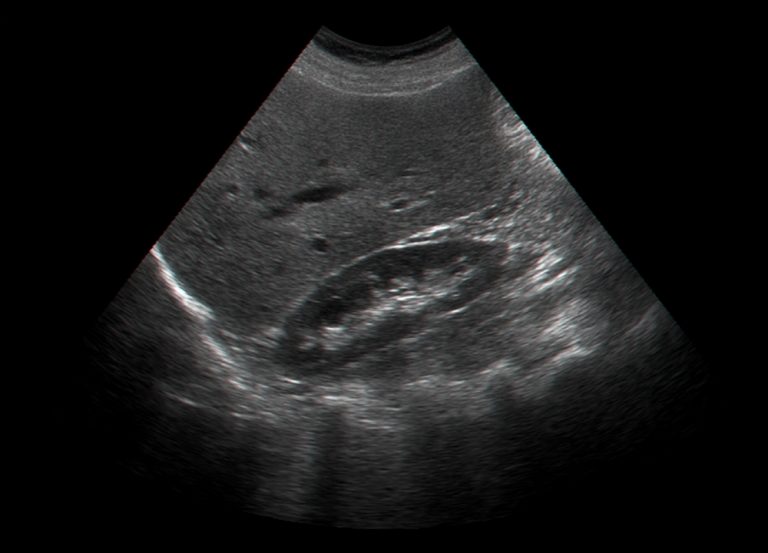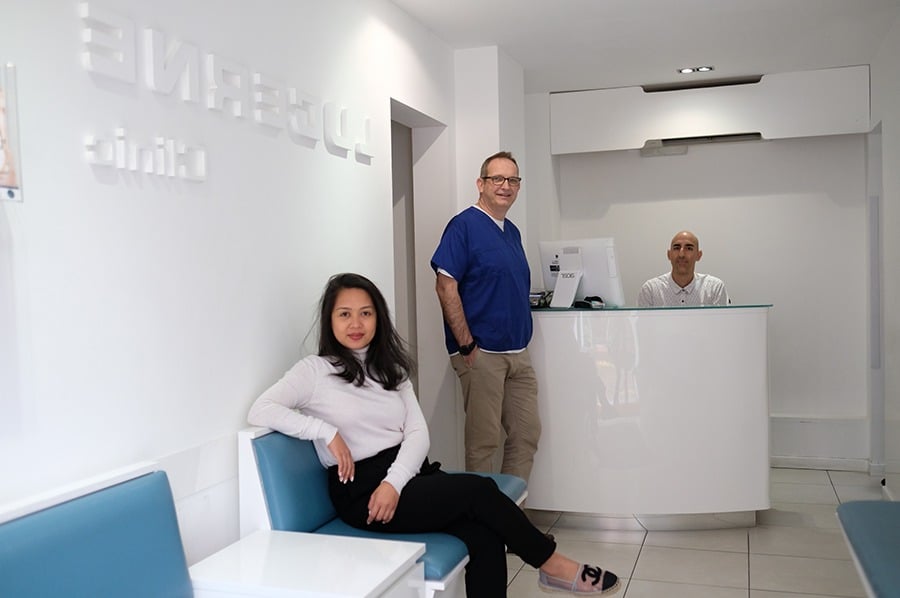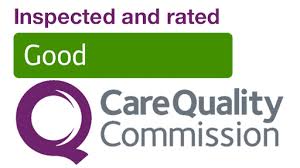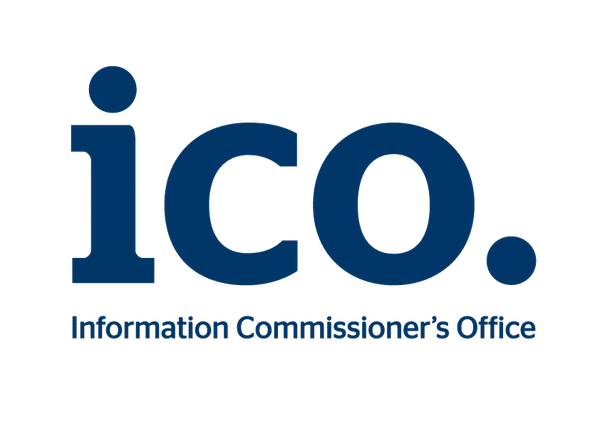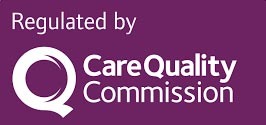In vitro fertilization (IVF) is a complex process that involves carefully tracking a woman’s ovarian follicles and hormonal changes to maximize the chances of a successful pregnancy. Follicular tracking, also known as follicle monitoring, is a crucial part of this process.
What is Follicular Tracking?
Follicular tracking involves using ultrasound imaging and blood tests to monitor the development and maturation of ovarian follicles during an IVF cycle.
Specifically, follicular tracking allows doctors to:
- Monitor the effects of fertility medications on follicle growth and estrogen levels
- Time the administration of ovulation-triggering hormones properly
- Determine the ideal day and time for egg retrieval
- Assess follicular health and quantify the number of mature eggs available for retrieval
- Customize medication dosages to the patient’s unique response
By closely tracking ovarian follicles, doctors can obtain key information to synchronize the egg retrieval with the maturation of multiple follicles for optimal IVF success rates.
Why is Follicular Tracking Important for IVF?
Follicular tracking is considered essential for modern IVF protocols for the following reasons:
1. Time Egg Retrieval Precisely
The goal of IVF medication stimulation is to produce multiple mature ovarian follicles. Each follicle contains one egg that can be retrieved for fertilization.
Timing is everything – follicles must be retrieved just before ovulation, when they have reached optimal maturity. Retrieving eggs too early or too late can result in immature or overmature eggs that have a reduced ability to be fertilized and develop into an embryo.
Through ultrasound monitoring of follicle size and blood tests of estrogen levels, doctors can predict the ideal time to retrieve the eggs. Tracking allows them to perform the egg retrieval procedure right before ovulation happens naturally.
2. Reduce Risk of Ovarian Hyperstimulation Syndrome (OHSS)
IVF medications used to stimulate follicle development can sometimes overstimulate the ovaries, resulting in ovarian hyperstimulation syndrome (OHSS). This dangerous condition is caused by excess fluid buildup and can cause blood clots, kidney damage, ovarian twisting, and other complications.
By closely tracking follicle growth and estrogen rises, doctors can proactively make medication adjustments to reduce the chances of OHSS occurring. If the patient’s response to medications is overly aggressive, doctors may skip the fresh embryo transfer and freeze all embryos to allow the ovaries to recover before attempting transfer.
3. Assess Response to Medications
Patients respond variably to IVF stimulation medications – some may have an abundant production of follicles, while others have a poorer response.
Follicular monitoring allows doctors to track the patient’s unique response and make proper medication dosage adjustments. If the follicles are growing slowly, medication dosages can be increased. If there is a rapid or excessive response, medications may be reduced or stopped.
This individualized monitoring and dosing helps achieve the ultimate goal of producing around 8-14 mature follicles – the optimal amount for retrieval.
4. Guide Proper Hormone Administration
The follicle monitoring cycle starts on day 2 or 3 of a woman’s menstrual cycle with baseline ultrasound and labwork.
Doctors assess the baseline ovarian environment before administering three main types of hormones to stimulate follicular development:
- GnRH agonists: These hormones prevent premature ovulation. Drugs like Lupron are started at the beginning of the monitoring cycle.
- FSH: Follicle stimulating hormone directly stimulates ovaries to grow follicles. The dose is customized based on the baseline assessment and subsequent monitoring.
- hCG: Human chorionic gonadotropin triggers ovulation. It is timed precisely based on follicle maturity.
Tracking is necessary to tell the doctor when and how to properly administer and adjust these hormones for ideal maturation.
5. Determine Egg Retrieval Timing
Follicular tracking pinpoints when the eggs reach optimal maturity for retrieval. This is generally when:
- 1-2 leading follicles reach >18 mm in size
- 2-3 trailing follicles reach >15 mm
- Estrogen levels plateau
Once bloodwork and ultrasound indicates this degree of maturity, the hCG trigger shot is scheduled approximately 34-36 hours before egg retrieval. Precise timing is critical to retrieve mature eggs before ovulation.
6. Quantify Mature Eggs
Approximately 10 days of consistent monitoring provides doctors with an estimate of how many mature eggs can likely be retrieved.
Knowing the approximate egg number helps the fertility lab prepare in advance to handle the retrieval, fertilization, and ensure the proper culture environment for embryo growth. It also helps set patient expectations.
If egg production is low, the doctor can discuss supplementing with donor eggs. If production is excessive, steps may be taken to avoid complications like OHSS.
7. Assess Follicle Health
In addition to tracking follicle size and number, ultrasound provides important visual information about structural abnormalities like fluid pockets or debris that may impact follicle health. Blood flow to the follicles can also be assessed with ultrasound.
Any potential issues with follicle health are immediately addressed. For example, medications may be adjusted or aspirin prescribed to improve blood flow to follicles.
8. Modify Medications for Subsequent Cycles
Since patients often undergo multiple IVF cycles, the doctor gleans important information from tracking follicle response to the stimulation medications.
If response was suboptimal, higher doses or different drug types can be tried in the next cycle. If the patient overresponded, lower doses may improve results in future cycles. This type of monitoring and modification helps optimize success over multiple IVF attempts.
9. Allow Cycle Cancellation if Needed
In rare cases, follicle tracking may indicate a very poor response or other contraindications that leads to cancellation of the fresh transfer cycle. This decision protects the patient’s health, avoids procedural complications, and prevents loss of time and money on a doomed cycle.
Instead, the patient can begin preparations for a subsequent frozen embryo transfer cycle with medication protocols better optimized based on the abandoned cycle’s learnings.
10. Individualize Treatment Plans
Every IVF patient responds uniquely to medications and has different underlying fertility diagnoses. Customized follicular tracking provides insight into their specific biology and allows an individualized treatment plan.
One patient may only need low doses of medications, while another may require intense high-dose protocols. Some patients may benefit from the addition of adjunct drugs like growth hormone or testosterone.
Close tracking and modification of the protocol to the individual is key to optimizing results and safety.
What is Involved in Follicular Tracking?
Follicular tracking involves a combination of transvaginal ultrasounds and blood estrogen level tests approximately every 1-3 days during the ovarian stimulation phase.
Transvaginal Ultrasound
Transvaginal ultrasound allows clear visualization of follicle growth in the ovaries. The ultrasound probe is inserted into the vagina to obtain images of the ovaries and growing follicles.
The number and size of follicles is measured at each scan. The ideal size is 16-22mm prior to retrieval. Ultrasound also provides important information about follicular health, blood flow, and uterine lining thickness.
As follicle maturity nears, ultrasounds may be performed daily to pinpoint the ideal timing for hCG trigger and retrieval.
Bloodwork
Estrogen and LH hormone levels offer complementary information about follicle readiness. As follicles grow and produce eggs, they secrete high amounts of estrogen. Checking serum estrogen levels helps determine if maturity is sufficient for egg retrieval.
LH levels help gauge if ovulation is impending. Once LH levels spike, the mature eggs would be lost through ovulation if not soon retrieved.
Sometimes progesterone levels are also tested if premature ovulation is suspected.
Cycle Tracking Starts on Day 2-4
Follicular monitoring for an IVF cycle generally begins by day 2-4 of the menstrual cycle with baseline ultrasound and labwork. However, in some protocols, patients take oral contraceptives prior to starting injections to better control cycle timing. In this case, follicular tracking onset is delayed until after stopping contraceptive pills.
Daily Monitoring Closer to Retrieval
During the last 3-5 days before retrieval, ultrasounds and bloodwork are often performed daily to precisely time the hCG injection for egg maturation.
The retrieved eggs are immediately fertilized in the lab through IVF procedures. Resulting embryos are then transferred back into the woman’s uterus several days later to hopefully initiate a successful pregnancy.
What Are Follicle Growth Patterns?
During tracking, follicle development typically follows certain growth patterns:
1. Cohort Recruitment
At the beginning of monitoring, there are usually 5-12 small antral follicles measurable in each ovary. These are recruited and begin growing together in a cohort.
2. Follicle Selection
Through the effect of FSH and survival of the fittest, 1-3 dominant follicles are typically selected within several days to continue growth. Other smaller follicles stop maturing.
3. Rapid Late Follicular Growth
In the last days before retrieval, the lead follicles have a rapid growth spurt of 2-3 mm per day. They become larger than 15 mm.
4. Estrogen Rises
As follicles produce mature eggs, they secrete high and rapidly rising estrogen levels. This hormonal increase helps prepare the uterine lining for embryo implantation.
5. LH Surge Precedes Ovulation
LH triggers ovulation. A spontaneous LH surge happens when lead follicles reach 18-22 mm. This causes the release of eggs. Therefore, egg retrieval is timed to happen just before the LH surge.
Understanding these physiological growth patterns allows precise timing of medications and procedures. When growth metrics deviate from norms, medications can be adjusted to improve egg development.
Benefits of Follicular Tracking
The numerous benefits provided by meticulous follicular tracking include:
1. Ensures Appropriate Timing of Egg Retrieval
Thorough monitoring ensures egg retrieval is perfectly timed when follicles reach optimal maturity but before spontaneous ovulation can happen. Mature eggs have high fertilization rates.
2. Avoids Lost Cycles
Cycles are rarely canceled once started if adequate follicular development occurs. This prevents lost time, money, and emotional disappointment from undergoing an unsuccessful wasted cycle.
3. Reduces Medication Side Effects and OHSS
Individualized dosing reduces medication side effects. Lowering or stopping medications promptly if overresponse occurs significantly decreases the risk of ovarian hyperstimulation syndrome.
4. Increases Confidence
Patients feel confident in the care when doctors closely track follicular response and proactively make adjustments. This gives them a sense of control.
5. Allows for Protocol Adjustments
Changing medication types or dosages within the same cycle is possible if the patient’s response is suboptimal. This personalization maximizes outcomes.
6. Provides Warning of Potential Issues
Abnormal structural or blood flow issues are detected early through imaging surveillance so interventions can attempted. This optimizes the health of retrieved eggs.
7. Improves Success Over Multiple Cycles
Doctors learn how to optimize protocols over consecutive IVF cycles for each unique patient, leading to progressively better outcomes.
8. Increases Retrieved Mature Eggs
Meticulous, individualized tracking helps produce the maximum number of quality mature eggs for retrieval, thereby increasing the yield of viable embryos.
9. May Reduce Miscarriage Risk
Some research shows intensive monitoring lowers miscarriage rates, perhaps by optimizing egg maturity and growth patterns. This improves live birth outcomes per transfer.
10. Limits High Order Multiples
Aggressive monitoring and trigger criteria reduces extreme over-response and resultant high order multiples (triplets or more). This decreases pregnancy risks and complications.
In summary, follicular monitoring is a critical process in IVF that allows customization of medications for the best results. Tracking optimizes mature oocyte yield, reduces adverse effects, and improves live birth success rates. Most experts consider intensive follicle tracking mandatory for modern IVF protocols.
Questions About Follicular Tracking in IVF
Here are answers to some common questions patients have about follicular monitoring:
How often will I need monitoring appointments?
- You can expect appointments approximately every 1-3 days. Daily visits may be required as egg retrieval nears.
What is the downside to frequent monitoring?
- Frequent appointments are inconvenient but necessary. Some financial costs and discomfort also occur. However, intensive tracking prevents wasted, failed cycles.
Do I need monitoring if I’m on minimal stimulation IVF?
- Yes, tracking remains crucial even in minimal stimulation protocols to time the egg retrieval properly, even if using lower medication doses.
If I live far away, can I be monitored locally?
- Some remote monitoring may be arranged with your local clinic, but the IVF doctor relies on those results. You need some direct monitoring by your reproductive endocrinologist.
Can poor follicle growth or low eggs be predicted from baseline?
- Baseline antral follicle counts and AMH/FSH levels offer clues about ovarian reserve. However, the actual response is difficult to predict and requires monitoring.
When does the hCG trigger shot get scheduled?
- The trigger shot is timed when lead follicles reach 18 mm, estrogen levels plateau, and before LH surge occurs. This happens approximately 34-36 hours before egg retrieval
Do I have to abstain from intercourse during monitoring?
- Yes, intercourse is prohibited during the IVF cycle to prevent unexpected natural conception. Be sure to use contraception.
How is follicle monitoring done for frozen embryo transfers?
- Frozen embryo transfer cycles don’t require the same degree of follicular tracking. However, some ultrasound and labwork is done to time the embryo thaw and transfer.
Are blood tests and ultrasound needed together?
- Combining both bloodwork and imaging provides the most complete information. However, ultrasound alone may occasionally suffice in certain protocols.
Are there any restrictions on follicle monitoring?
- Very rarely, technical issues like an ovarian cyst, retroverted uterus, or obesity may impair adequate visualization during transvaginal ultrasound. Additional monitoring precautions may be needed.
What if I miss a monitoring appointment?
- Do not miss appointments! Delayed or omitted monitoring could result in cycle cancellation or poor outcomes. Be sure to follow your schedule.
If you have any other questions about the role follicle monitoring plays in IVF, be sure to discuss them with your fertility doctor. Following the monitoring schedule closely is imperative for optimizing your IVF success.

